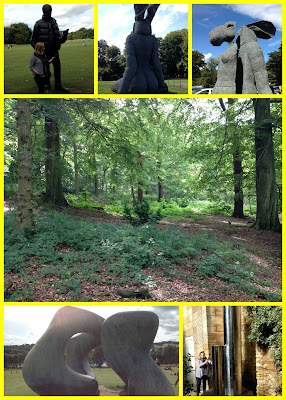Natural disasters in the UK
There have been pandemic diseases that killed over a million people throughout the UK (the Black Death in the 14th Century, for example); over 225,000 people died of Spanish Flu in the UK alone in 1918/19; there was a Hurricane in Southern England in 1703 that killed around 15,000 people and what was probably a Tsunami in the Bristol Channel in 1607 that killed around 2,000 people. The UK has also experienced minor earthquakes, tornadoes, avalanches, landslips, famines, heatwaves and droughts. On our group of islands, though, we feel, on the whole, pretty happy with our climate.
Flooding
Floods are shocking, disturbing and disorientating, not to mention a bit disgusting in terms of the muddy debris and detritus that wraps around everything in the flood path. The biggest loss of life, so far, was in 1864 in the Great Sheffield Flood when 270 were killed. Two floods in the early 1950s (one in Lynmouth, Cornwall in August 1952 and one on Canvey Island in the Thames in January 1953) killed scores of people. But the frequency of floods in the UK since the Year 2000 has been increasing with the South West, Wales, Yorkshire and Cumbria being the worst affected in terms of damage and the need for extensive clean-up operations.
 |
| Sally and Harriet feeding the ducks in Roberts Park, Saltaire |
Shipley in December 2015
Houses and businesses in Shipley where I live have been hit hard with one of my favourite pubs, the Boathouse suffering (not for the first time in its history) and houses in Baildon having to have rooftop rescues. Roberts Park was properly underwater for the first time in my memory as the River Aire burst its banks.
 |
| The Boathouse in Saltaire |
Metaphorical floods
In addition to the historical reality of floods, many cultures and religions use flood-myths as part of their narratives: God wipes out the human race to start again – or nature rises up to cleanse the land. We talk about:
- floods of tears
- floods of complaints
- flooding the room with light
- floods of tourists
- old fears and old memories come flooding back
- flooded with emotions
Victoria Mills, Saltaire
Margaret Atwood named the middle part of her dystopian trilogy Year of the Flood. The prequel is the heartbreaking Oryx and Crake and the final part is the mind-bending Maddaddam. I can’t praise these novels highly enough – hard to pinpoint why – maybe it just brought together so many of the things that have floated my flood-boat in the past – gender, sex, religion, politics, dreaming, storytelling, metaphorical gardening, bio-engineering, science-fiction, myths and legends – and Atwood wraps the story in mischievous language. Disaster is always round the corner – but so is love. Floods devastate, but also bring out the best in people.
 |
| Saltaire and Roberts Park during recent floods |
What am I living for and what am I dying for are the same question.
….we must be a beacon of hope, because if you tell people there’s nothing they can do, they will do worse than nothing.Happy New Year!
(from me and Margaret Atwood's Year of the Flood)
 |
| Most photographs by Harriet |













































